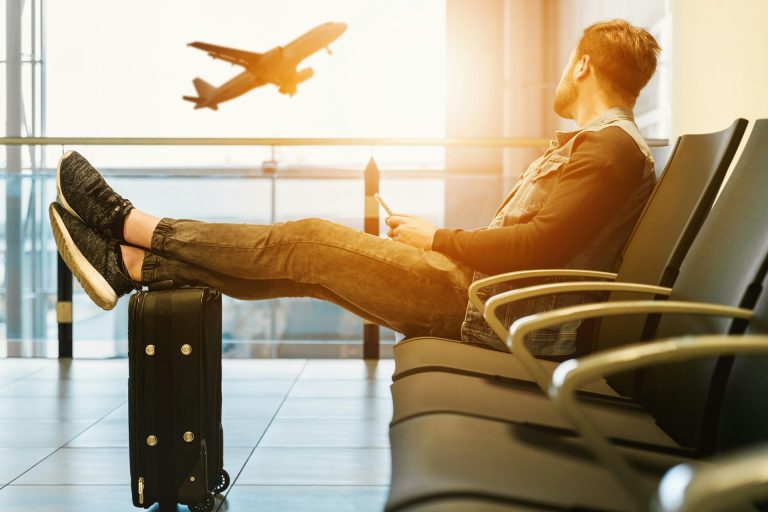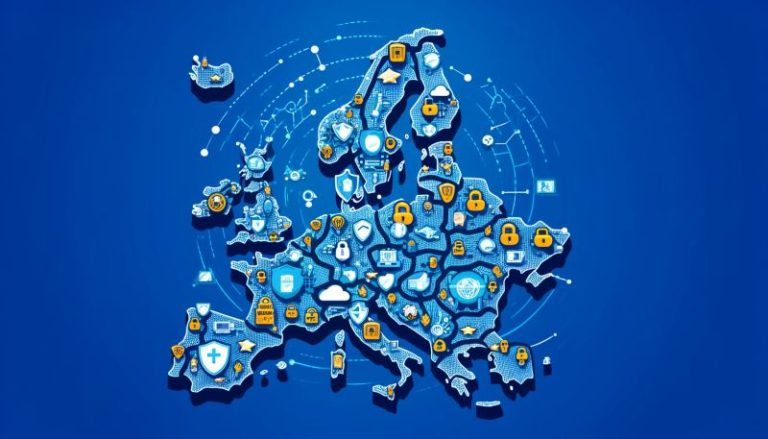When ABBA won the European Song Contest in Brighton in 1974, Swedes gave the group a cold shoulder. This is the story of ABBA’s first struggling years.
The ABBA story begins in Sweden, more than five decades ago. In June 1966, Björn Ulvaeus (born 1945) met Benny Andersson (born 1946) for the first time. Björn was a member of the Hootenanny Singers, a very popular folk music group, while Benny played keyboards in Sweden’s biggest pop group of the 1960s, the Hep Stars. The Hep Stars performed covers, among other things, of international hits and some nicknamed them “the Swedish Beatles”.
In June 1966, Ulvaeus and Andersson decided to write a song together. Their first attempt was “Isn’t It Easy to Say”, a song later recorded by The Hep Stars.
By the end of the 70s, Ulvaeus and Andersson had established a regular partnership as composers. By that time, Benny had left The Hep Stars, while the Hootenanny Singers only existed in the recording studio. The Hootenanny Singers released their records on the Polar Music record label, owned by Stig Anderson (1931–1997), who was to become ABBA’s manager. Stig also contributed lyrics to many ABBA hits during the first years of the group’s career.

In the spring of 1969, Björn and Benny met the two women who were to become not only their fiancées but also the other half of ABBA. Agnetha Fältskog (born 1950) had been a successful solo singer since releasing her first single in 1967. She and Björn were married in July 1971. Anni-Frid Lyngstad (born 1945), also known as Frida, started her recording career shortly before Agnetha. Frida was of Norwegian origin but had moved to Sweden at a very early age. Benny and Frida didn’t get married until October 1978.
It started as singing for fun
An attempt at combining their talents occurred in April 1970 when the two couples went on holiday together to the island of Cyprus. What started as singing for fun on the beach ended up as an improvised live performance in front of the United Nations soldiers stationed on the island.

In the same year, the attractive sound of their four voices combined gave them the idea to put together a cabaret act named Festfolk (which had the double meaning “engaged couples” and “party people”). However, this first attempt at a collaboration was not a success.
In the spring of 1972, the group recorded a song called ‘People Need Love’, garnering a medium-sized hit in Sweden. Encouraged by this success they entered the 1973 Melodifestivalen, the Swedish selection for the Eurovision Song Contest, with the song ‘Ring Ring’. They finished third, but the single and the album of the same name were the biggest hits of the year in Sweden.
At this time, the group called themselves Björn & Benny, Agnetha & Anni-Frid. A competition to find a suitable name for the group was held in a Gothenburg newspaper. Among the entries were names like “Alibaba”, “FABB” and “Baba”, but in the end all suggestions were ignored, and it was officially announced that the group was known as ABBA.
However, there was a seafood company with the name ABBA, and the group had to obtain permission from the company. The company agreed to let the group use the initial letters of the four members’ names.

Waterloo
ABBA entered Melodifestivalen again in 1974, this time with ‘Waterloo’, which took them all the way to the Eurovision finals in Brighton, England. The Eurovision Song Contest on April 6, 1974 turned out to be the most famous moment in ABBA history.
ABBA claims they never expected to win the Eurovision Song Contest in Brighton. Surprised by their success, ABBA was also bewildered by the furious reaction it triggered in Sweden, culminating in a huge demonstration on the streets of Stockholm against the country hosting the following year’s contest: it is said that 200,000 people took to the streets, some armed with violins and flutes.
The 1975 event did finally take place in the Swedish capital, but an alternative festival of folk, rock, jazz was staged alongside it in a bid to combat the commercialization of music.

Faced with this backlash, Sweden neither participated in nor broadcast the Eurovision in 1976, in spite of ‘Waterloo’ being Number One on the charts all over Europe, even reaching the Top Ten in the US, where the Eurovision Song Contest had no impact. The album of the same name was also a huge hit in Sweden.
The U.S. was a difficult market for the group, although they also had a night on TV with Olivia Newton-John. At that stage, they started to become influenced by the disco fever raging at the time, though that trend was also to run out of steam, meeting with furious opposition that triggered the Disco Demolition Night in Chicago in July 1979, when a mass destruction of disco vinyls was organized. The U.K. did finally come round to ABBA, and the group managed to fill Wembley Stadium for six consecutive nights in November 1979.
Against the odds
All this is included in a new BBC documentary ABBA: Against the Odds, a shocking account of the band’s ups and downs. Directed by James Rogan, it examines their five years together, from Brighton to the early 1980s, and winds up on the eve of their separation, which was never made official. They simply stopped recording and performing.
However, the “stigma” of being winners of the Eurovision Song Contest made it difficult for ABBA to be taken seriously when they tried to follow this first success. It wasn’t until some 18 months later that they got a major worldwide hit again with ‘SOS’, taken off their third album, simply entitled ABBA.
‘Mamma Mia’, also from the ABBA album, returned the group to the UK Number One spot, which they occupied a total of nine times between 1974 and 1980. ‘Mamma Mia’ was Number One for ten weeks in Australia, which was the first territory to release it as a single. Over the next couple of years, Australia would be caught up in a virtual ABBA fever, giving the group a total of six Number One hits.
ABBA was the first group to come from a non-English-speaking country to enjoy consistent success in the charts of English-speaking countries.

In late 1976 ABBA’s fourth album, Arrival, was released. The album stormed up the charts and spawned hits such as ‘Money, Money, Money’ and ‘Knowing Me, Knowing You’. This was followed by a concert tour of Europe and Australia between January and March 1977. The tour was a complete success with capacity houses everywhere. When the tour reached Australia, work was also begun on the feature film ABBA – The Movie. The premiere of the film in December 1977 coincided with the release of ABBA – The Album. Hits from the album included ‘The Name Of The Game’ and ‘Take A Chance On Me’.
The rest is history
And as the saying goes: The rest is history. The ABBA Museum opened in 2013, same year as Daily Scandinavian was launched.
On May 27th 2022, the ABBA Voyage Arena opened in London. Agnetha, Björn, Benny and Anni-Frid have created the kind of concert they always wanted, performing for their fans at their very best: as digital versions of themselves backed by today’s finest musicians.
Blurring the lines between the physical and digital, see the magic of ABBA brought to life using the latest in motion capture technology.
ABBA’s First Struggling Years, compiled by Tor Kjolberg







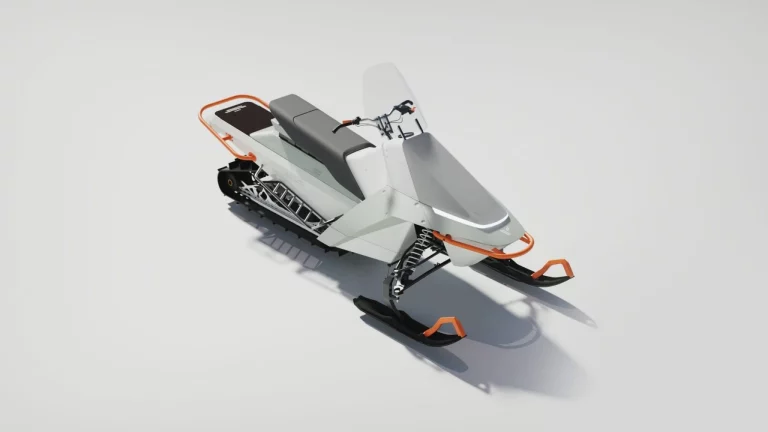








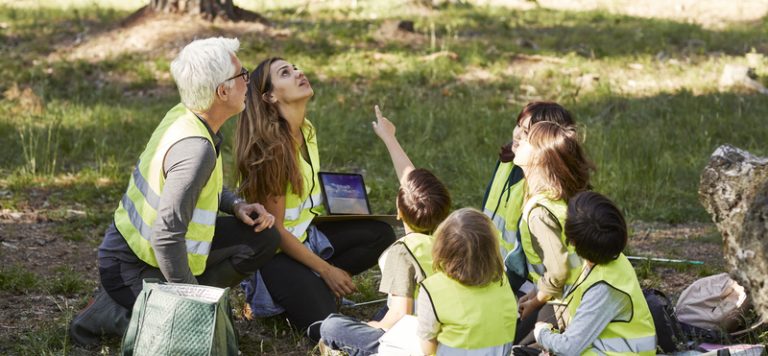



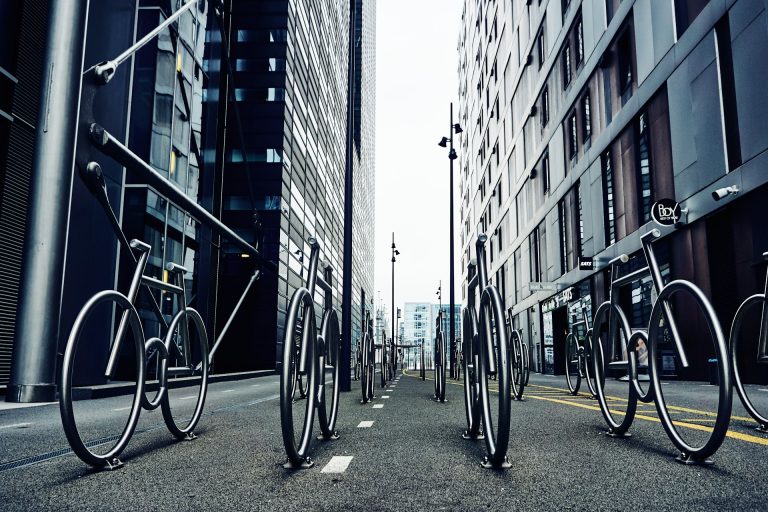












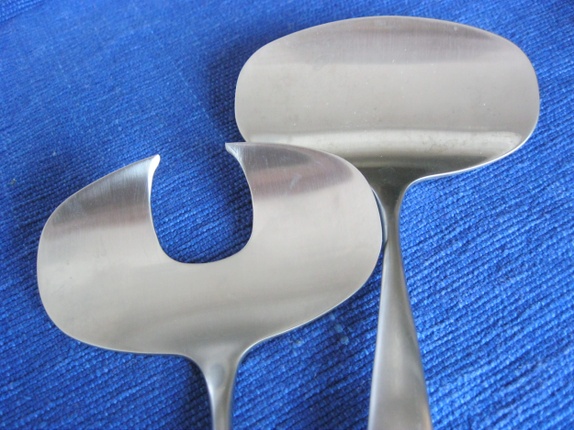

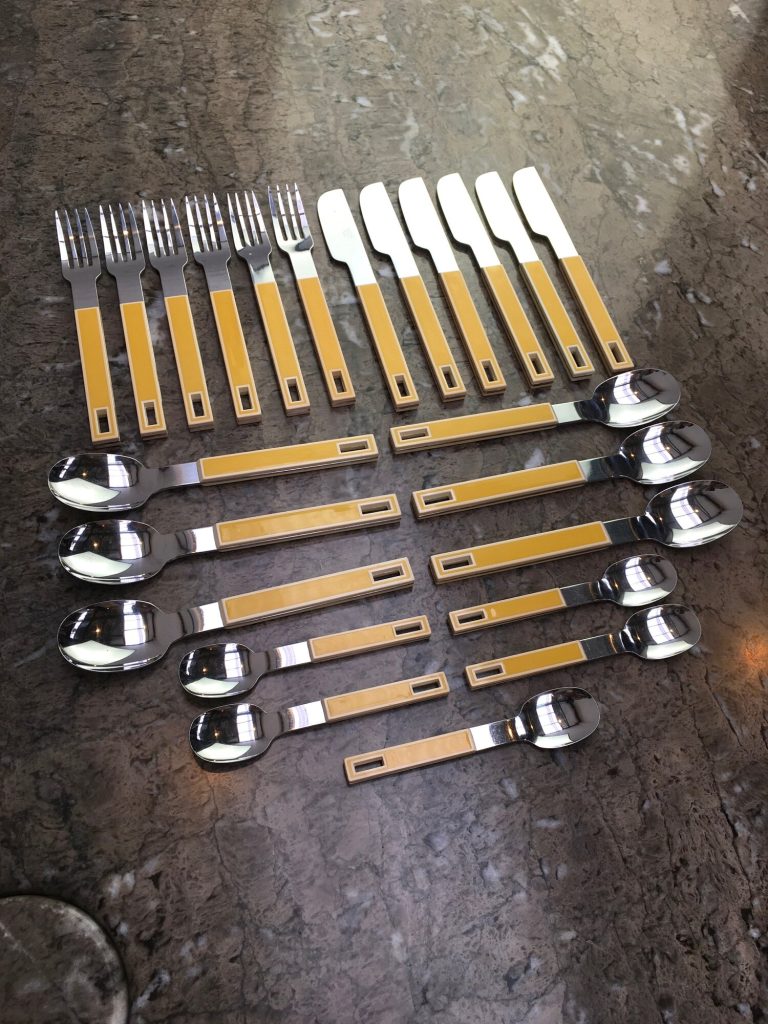 Boda Nova Signe Persson Melin
Boda Nova Signe Persson Melin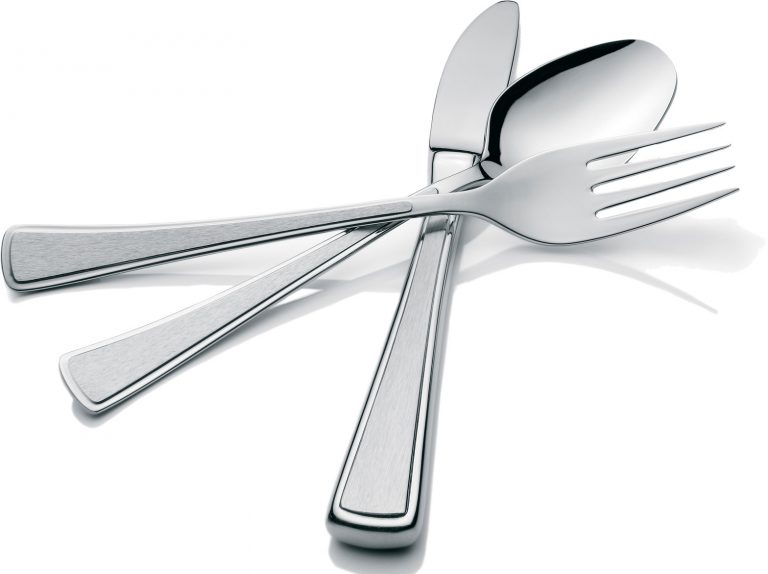

 The Nyking knife from
The Nyking knife from 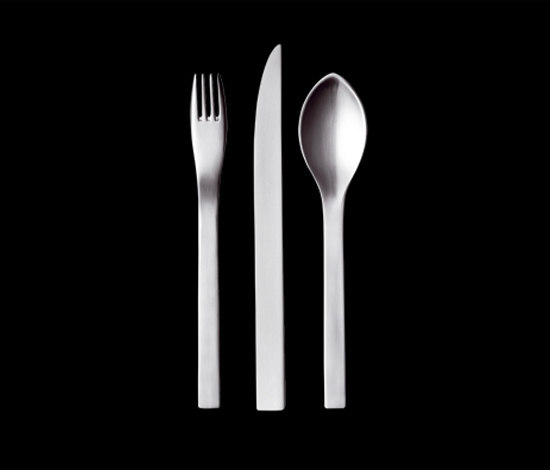 Georg Jensen Jean Nouvel
Georg Jensen Jean Nouvel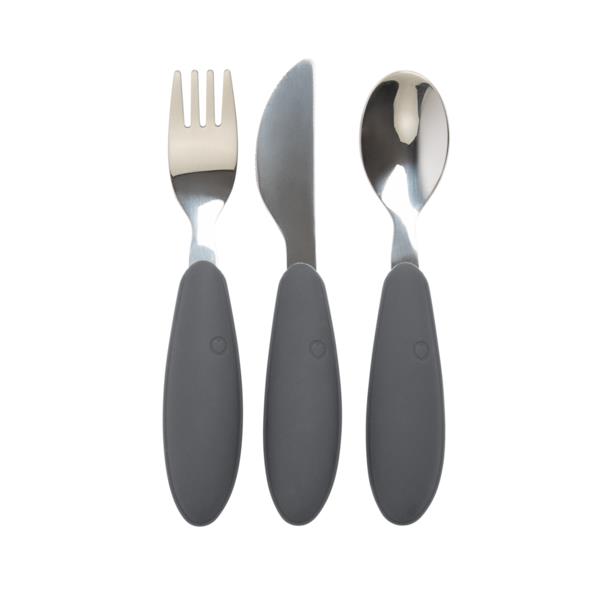 Spoon set for by babies by BIBS
Spoon set for by babies by BIBS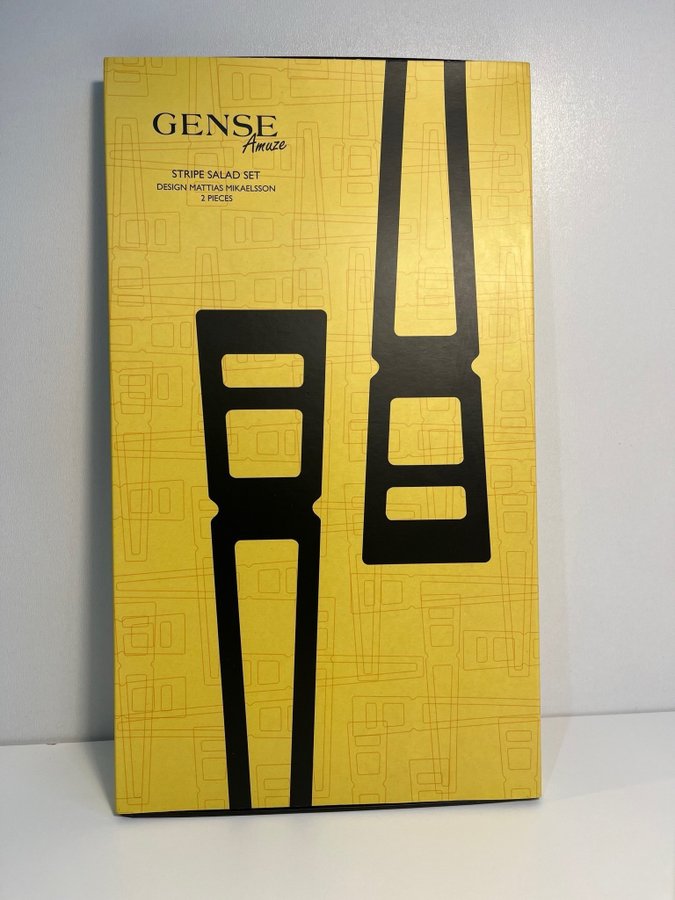
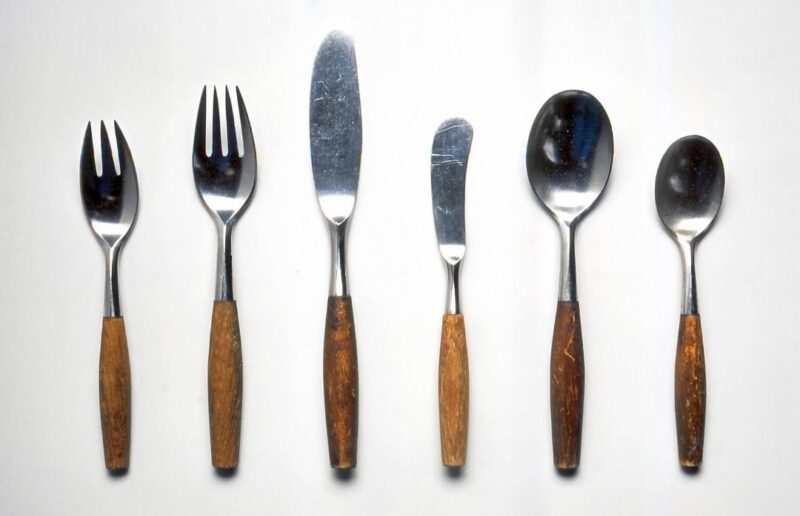 Fjord Cutlery Jens Quistgaard
Fjord Cutlery Jens Quistgaard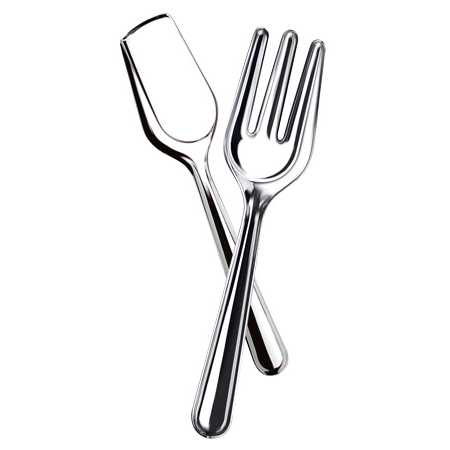 Eva Solo salad server
Eva Solo salad server